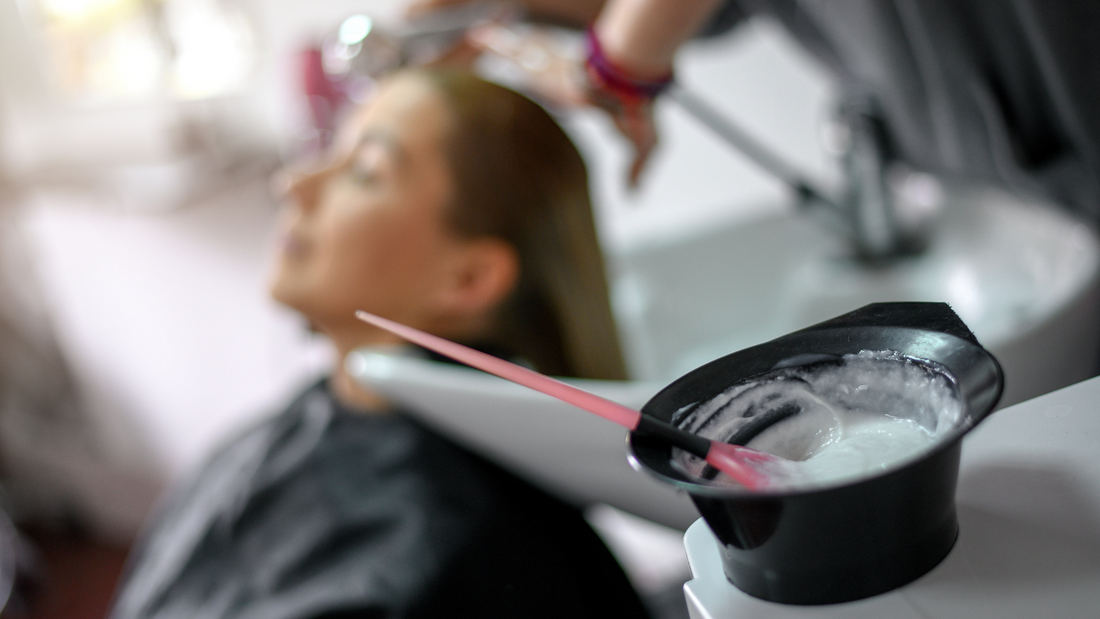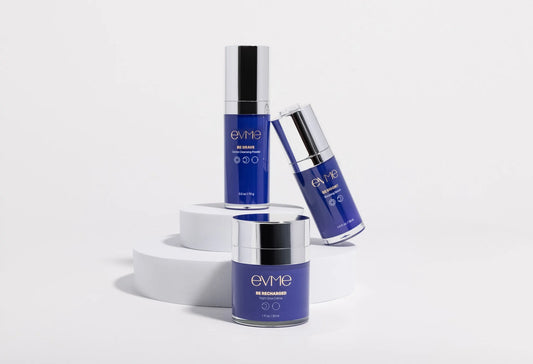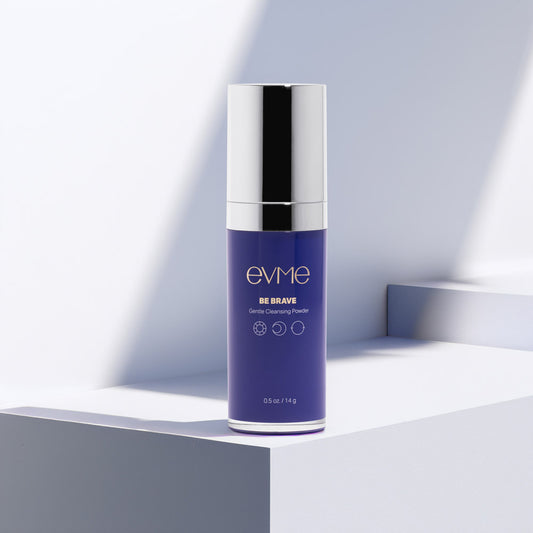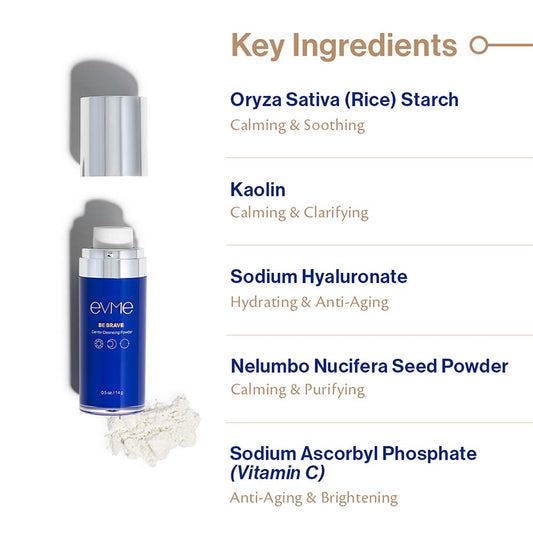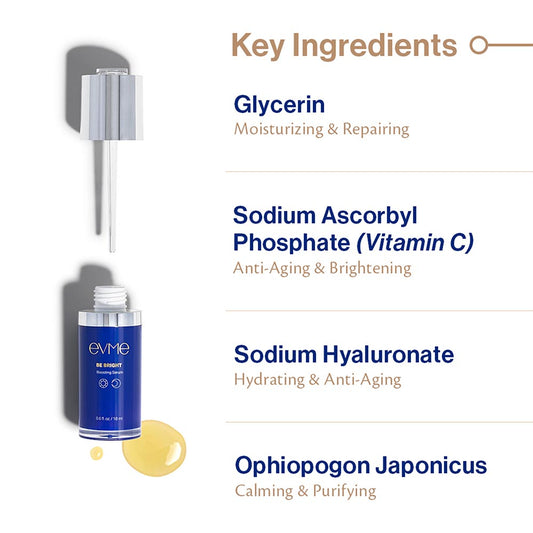Try Evme, allergist-created luxe skincare for sensitive and allergic skin.
Shop All ProductsIs Your Mascara Causing a Reaction? Identify and Avoid Allergic Ingredients to Find Your Perfect Match
May 21, 2024

Back To Articles
Did you know that contact dermatitis affects up to 40% of the population and is on the rise? Lately, I've been noticing a growing number of patients experiencing reactions with mascara and eyeliner, and I couldn’t resist delving deeper into this topic that deserves some attention. Get ready to uncover the types of allergens to steer clear of, especially if you suspect that you're having a reaction to one of these sneaky culprits. Let’s keep your eyes happy and irritation-free!
How do I know if I’m having a reaction to mascara or eyeliner?
If you've experienced dry skin patches on your eyelid, rashes with red bumps and potentially blisters around the eyes, pain, itching, a burning sensation, or even bloodshot eyes after using mascara or eyeliner, you may be experiencing an allergic reaction, particularly contact dermatitis.
1) Fragrances:
You’ve heard me talk about this before, but fragrances are the leading cause of allergic contact dermatitis in cosmetics. They can trigger various skin reactions, so it's important to be cautious when choosing mascara products. Many mascara products add fragrance to mask the underlying scent of the ingredients.
2) Parabens:
Parabens are a group of preservatives commonly used in cosmetics. They can include propyl-, butyl, methyl-, ethyl-, and benzylparahydroxybenzoate, to name a few of it’s ingredient names. Although parabens are generally seen as a “less reactive” preservative, they have been known to create their share of allergic reactions.
3) Shellac (aka Lac or Lacca resin):
Shellac is a resin that is often used as a varnish or sealant. It is commonly found in gel nails, but it can also be present in mascaras and eyeliners. Some people may have allergic reactions to this ingredient.
4) Propylene Glycol:
Propylene glycol is a common ingredient in cosmetics, serving as a skin conditioning agent and preservative. It can potentially trigger skin reactions such as irritations, hives, and allergic contact dermatitis.
5) Black iron Oxide:
Black iron oxide, also known as magnetite, is a naturally occurring mineral deposit that has a dark pigment. In the cosmetic industry, it is produced synthetically and used for its tinting properties in mascaras. This has been shown to be reactive in some individuals.
6) PPD:
PPD, or para-phenylenediamine, is a chemical substance used for coloring purposes in various industries. In cosmetics, it is commonly found in hair dye formulas and tinting mascaras. PPD was named the “Contact Allergen of the Year” in 2006 by the ACDS and can cause allergic reactions, including eyelash loss when triggered by mascara use.
What should you do if you suspect you are reacting to your mascara or eyeliner?
While there is no mascara that can guarantee to be “hypoallergenic,” there are steps you can take to minimize the risk of allergic reactions:
- Eliminate potential allergens: If you have experienced reactions to mascara and eyeliners, try avoiding fragrances, parabens, propylene glycol, shellac, black iron oxides, and PPD to see if your symptoms improve.
- Consider alternative options: Magnetic false lashes could be a good option for those who react to traditional mascaras. These lashes adhere to the eyelids without the need for glue or other potentially reactive ingredients.
- Patch test: Before trying a new mascara, perform a patch test. Apply a small amount of the product to a discreet area of your skin, such as the inner arm, and wait for at least 24 hours to see if any allergic reactions occur.
Remember, everyone's skin is unique, and what works for one person may not work for another. If you continue to experience allergic reactions or have concerns about specific ingredients, consult an allergist or dermatologist for further guidance.
Recommended articles
close
Evme Sans-Allergenic Skincare Products
- Choosing a selection results in a full page refresh.



